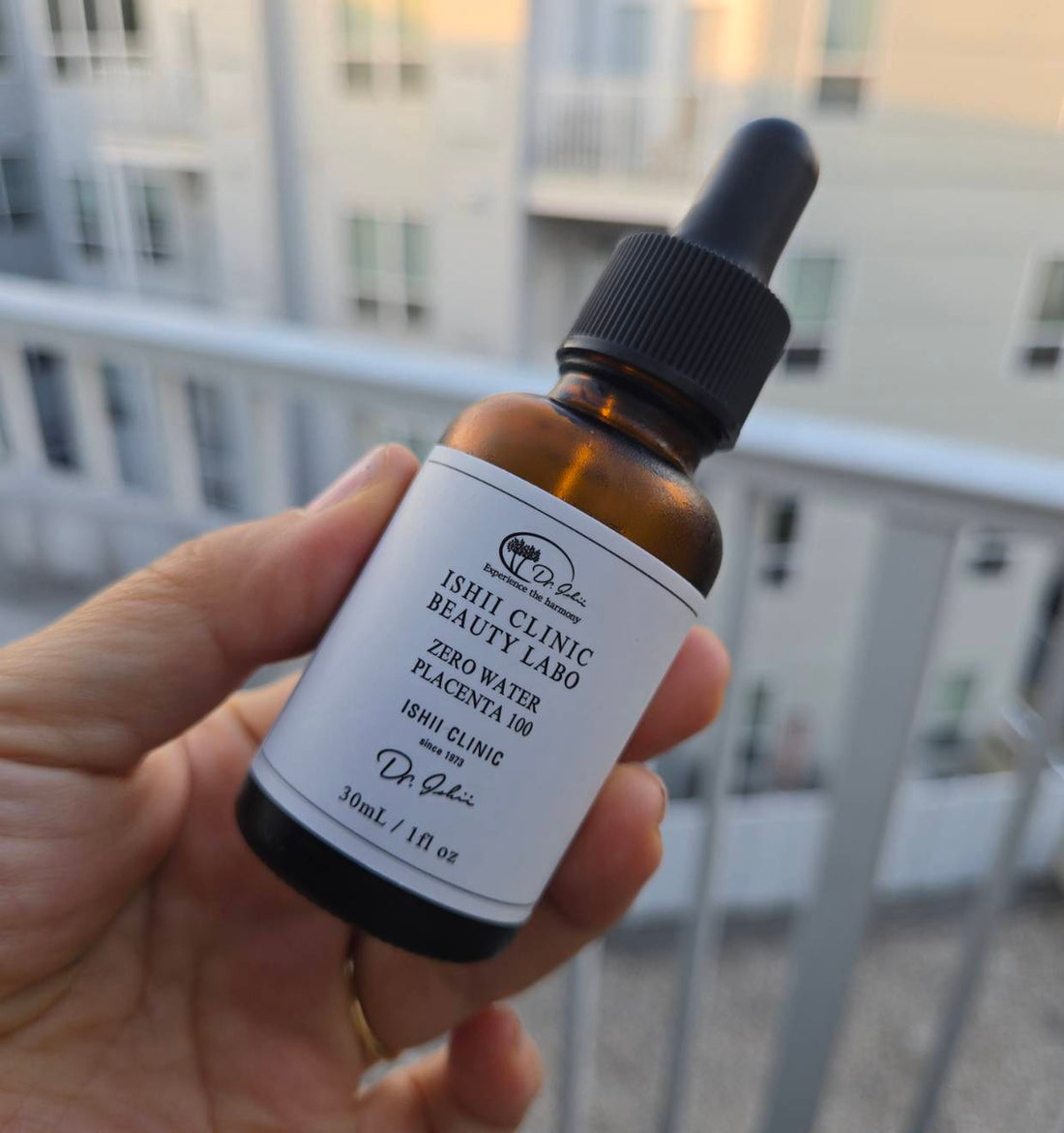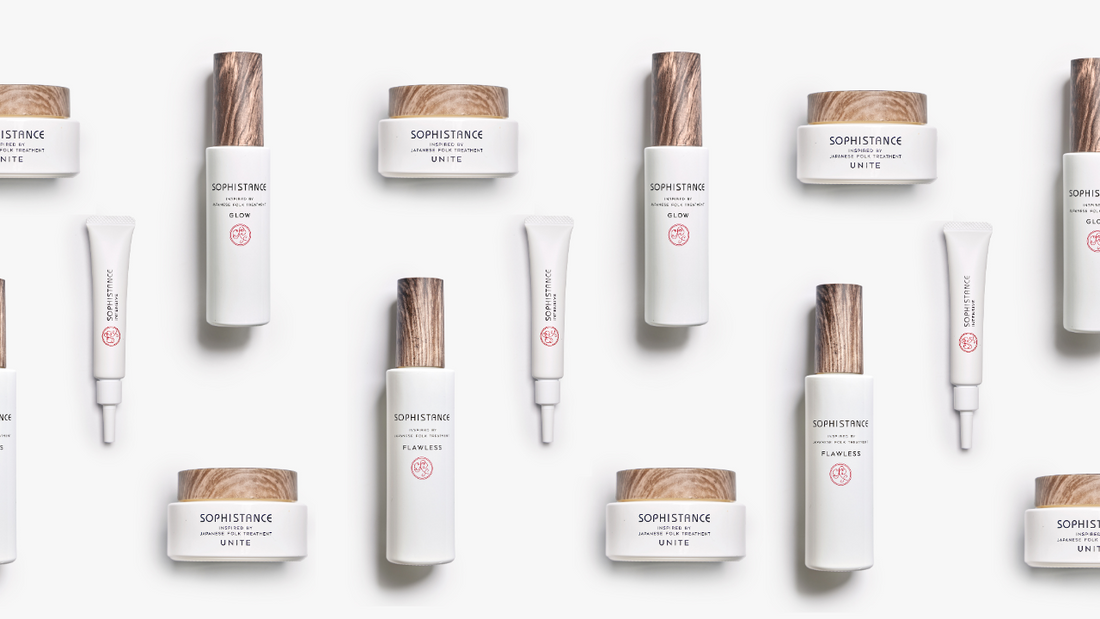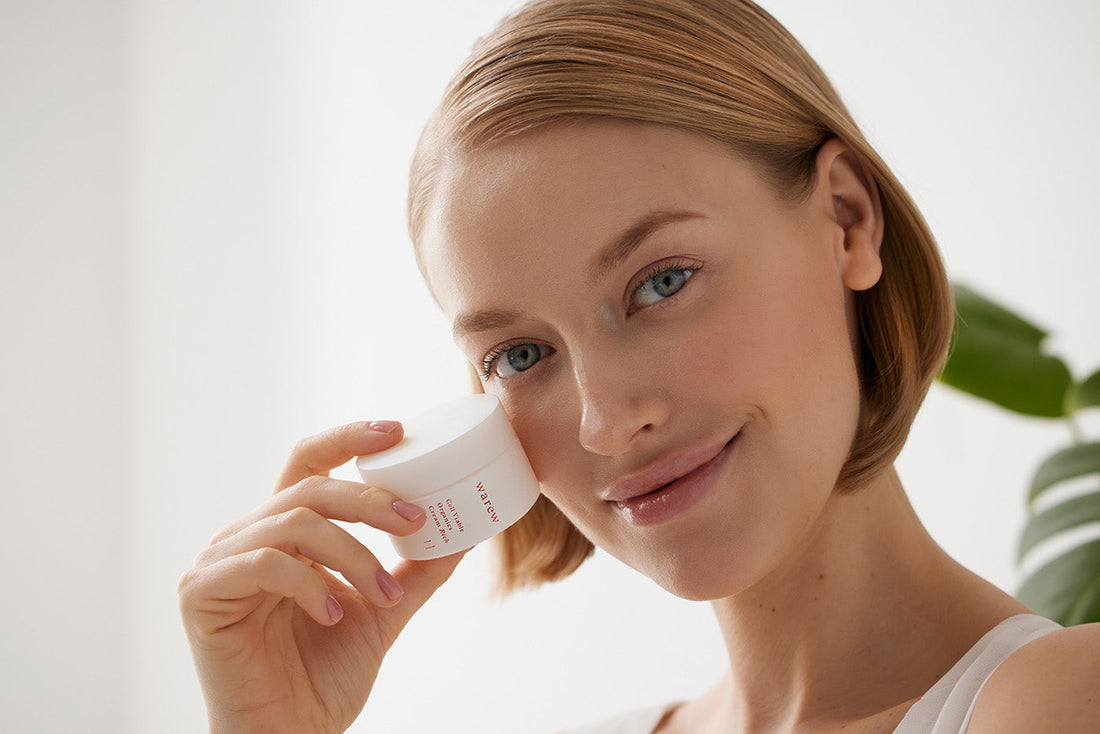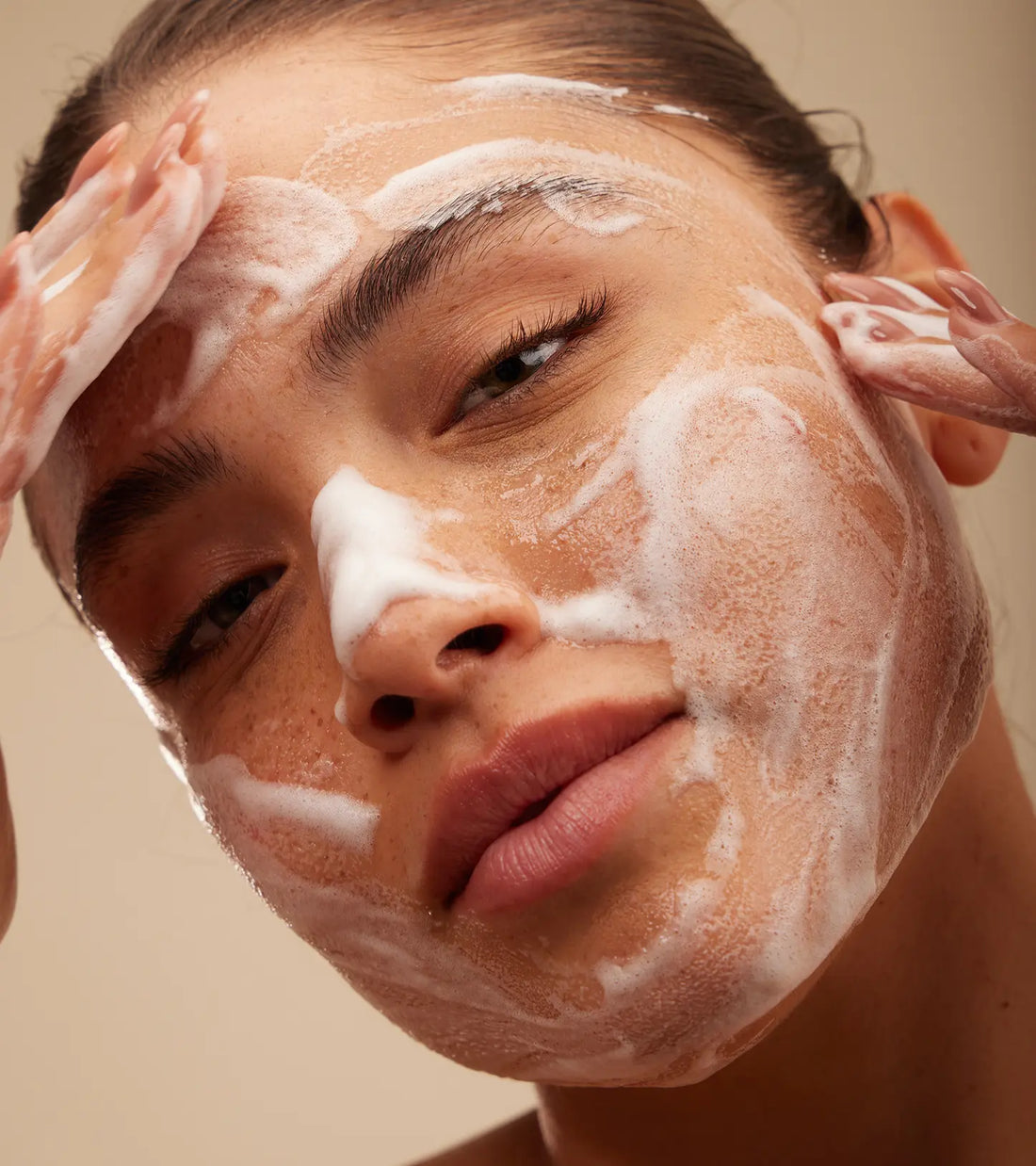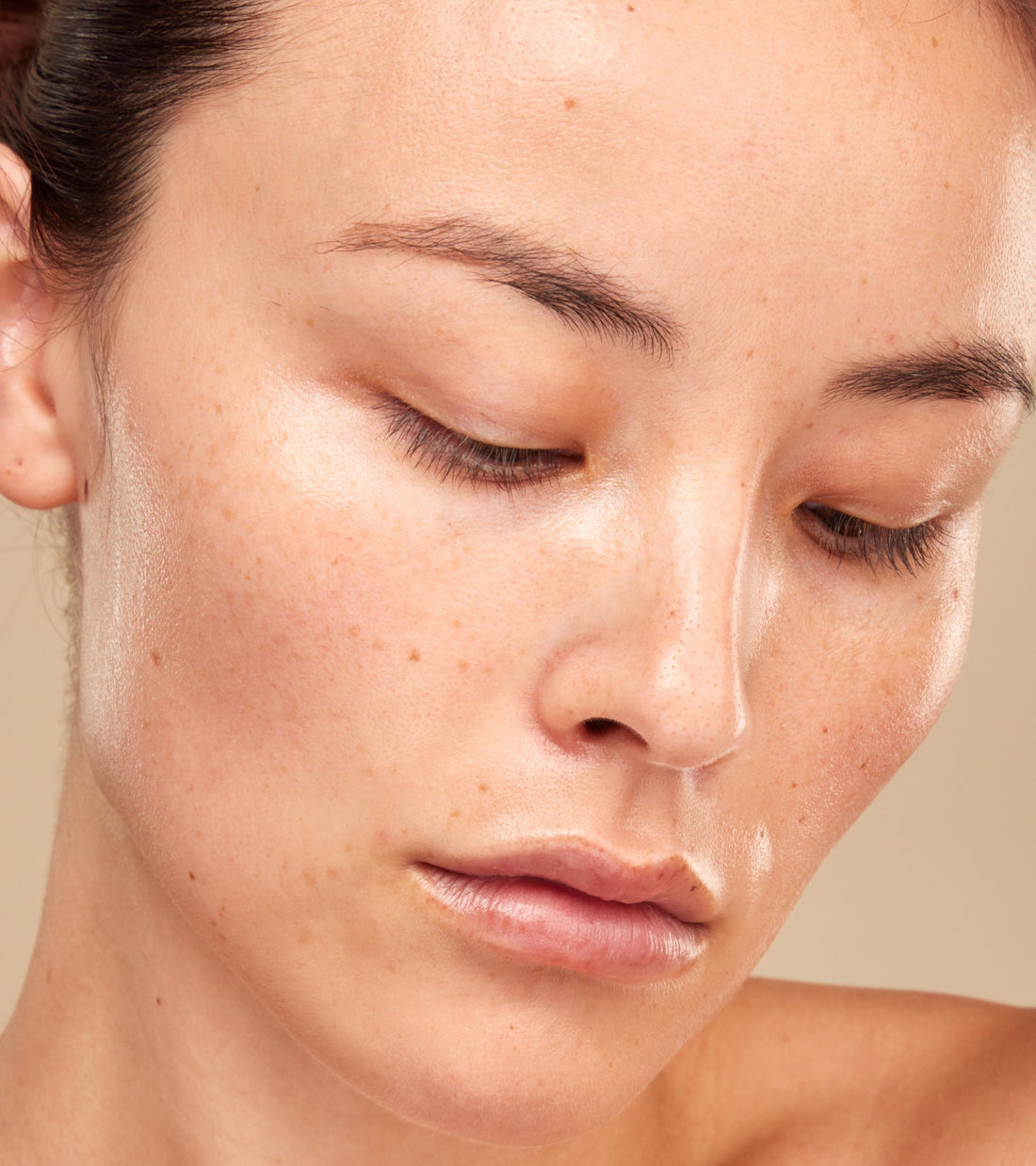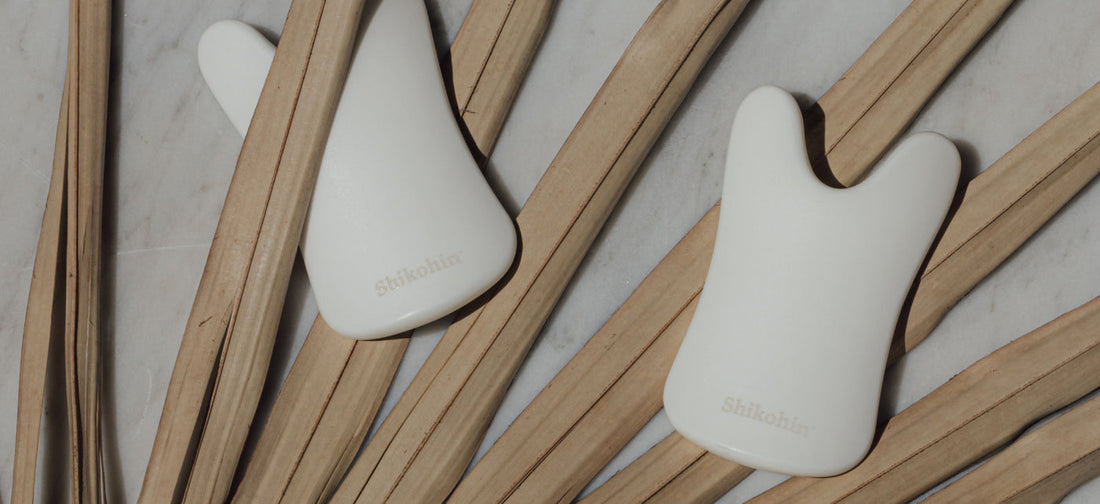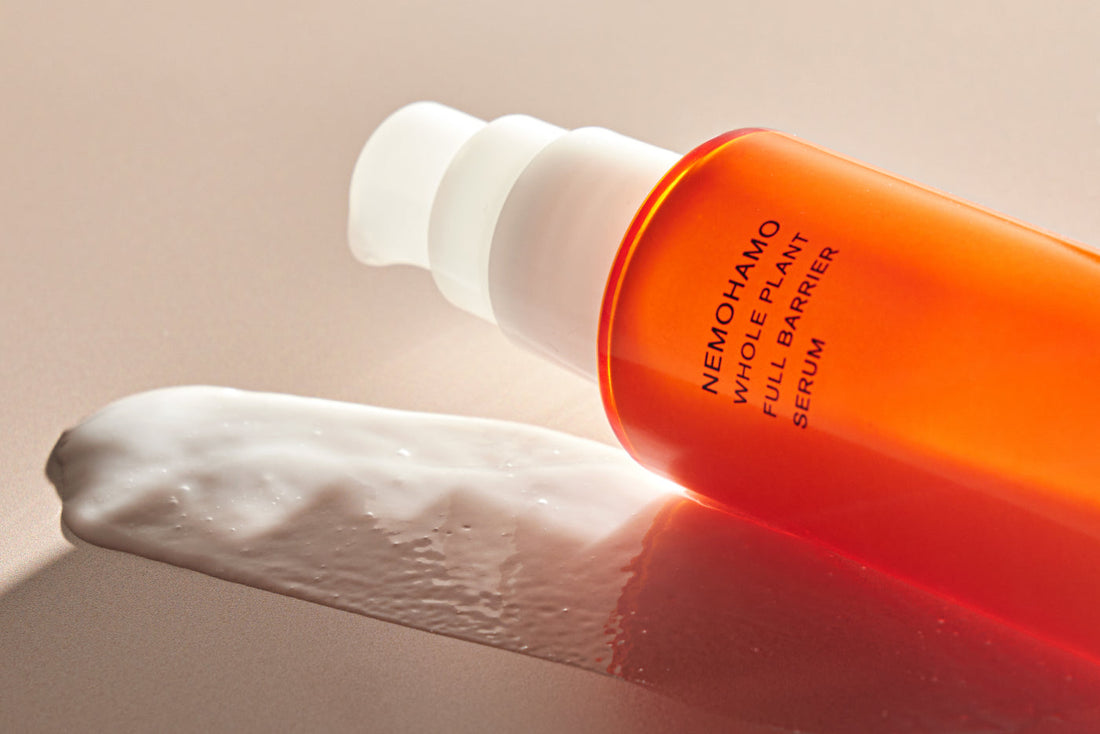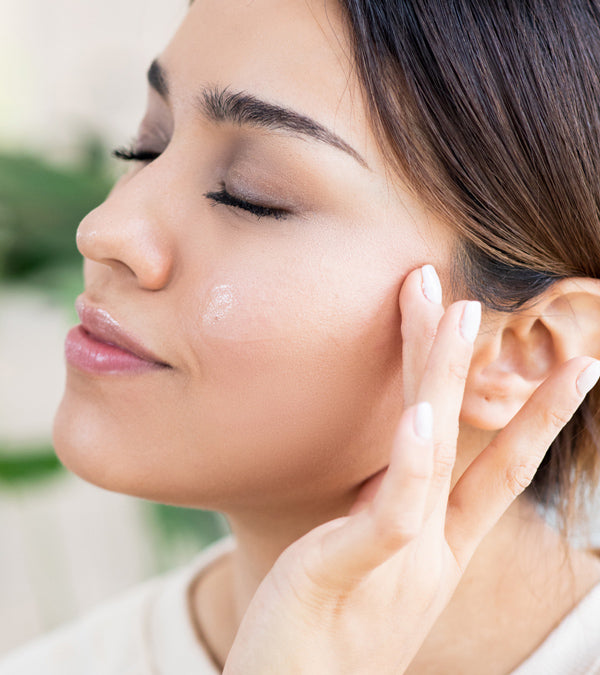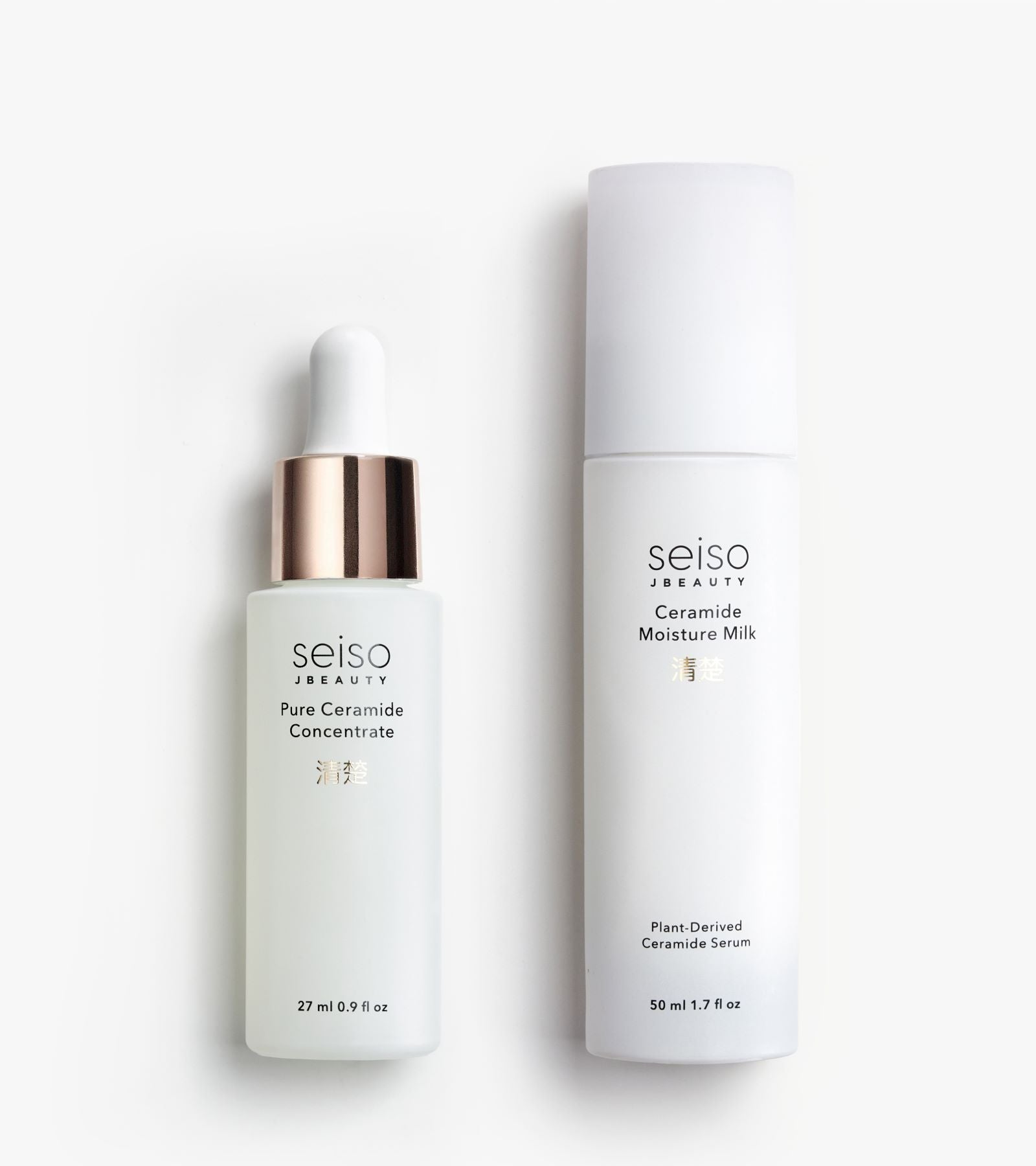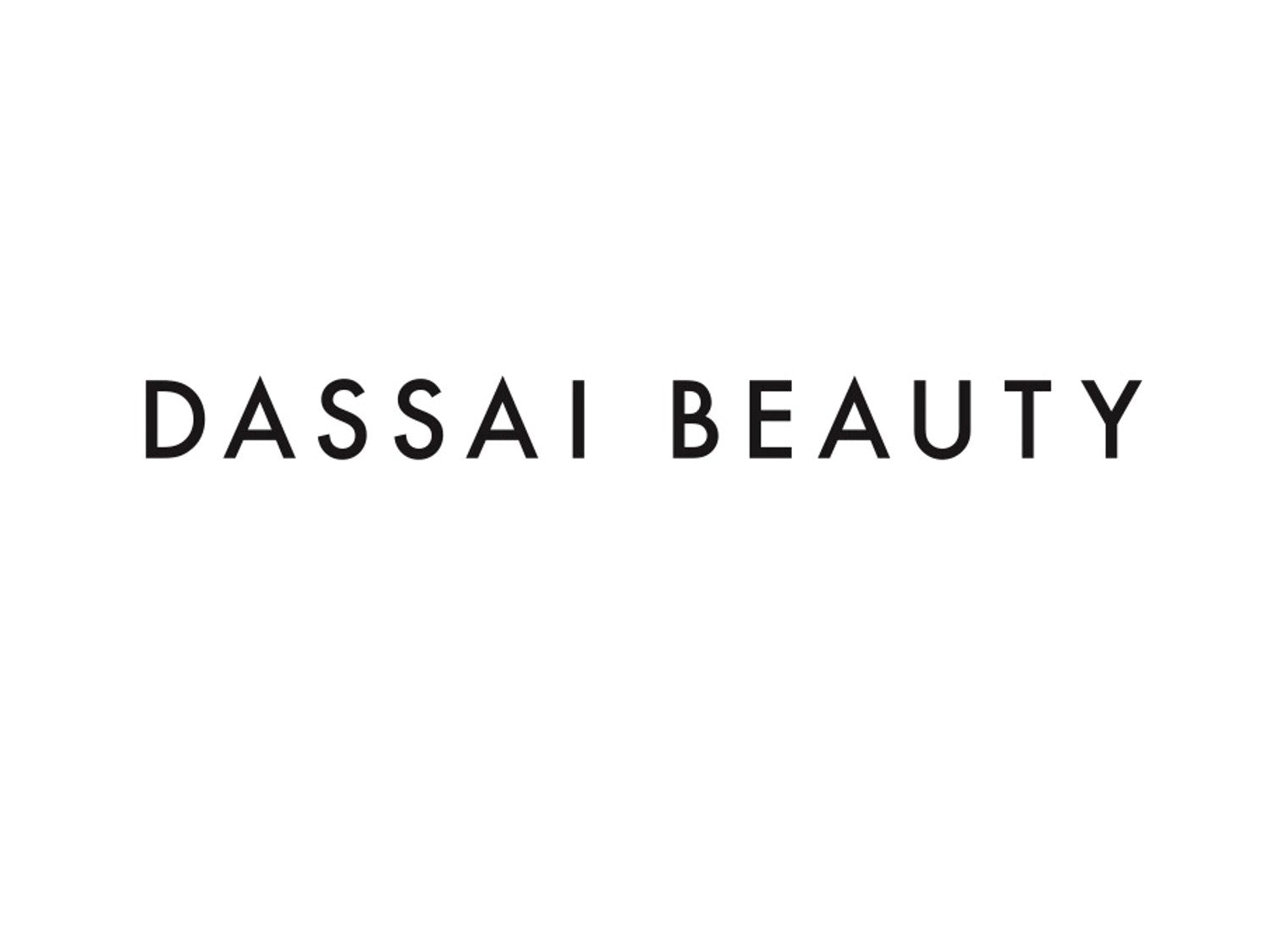The Japanese Art of Imperfection in Beauty
In America, being obsessed with beauty has a pretty negative connotation. After all, the notion of beauty here has traditionally been defined by an unattainable quest for perfection that's all about scrutinizing one's perceived flaws. Poreless skin, zero blemishes, everlasting youth: these unrealistic ideals diminish what is essentially the genuine human experience—and that's definitely not a healthy obsession for anyone to have.
However, in Japanese culture, a preoccupation with beauty isn't a bad thing. In fact, the recognition and appreciation of beauty is central to Japanese life. That's because beauty is defined very differently there. Instead of representing an impossible objective like perfection, Japanese beauty is defined by the unique imperfection that exists in all things. Indeed, when imperfection is what makes something beautiful, beauty can be found everywhere you look! This celebration of flaws is precisely what distinguishes J-beauty from other routines, and enables its devotees to focus on skincare practices that prioritize health, wellness, and confidence in their own skin.
So where did this culture-defining mindset come from? Look no further than the Japanese concept of wabi-sabi.
wabi-sabi Meaning
In traditional Japanese aesthetics, wabi-sabi is the philosophy that transience and imperfection are the true nature of beauty. This concept is woven into the fabric of all Japanese culture, influencing everything from traditional rituals—like sado (tea ceremony) and hanami (flower viewing)—to food, music, literature, and art. In Japanese pottery, for example, imperfections in the shape, glaze, or clay are considered desirable attributes that all contribute to a piece's unique beauty. The idea that flaws are not only expected, but also welcomed and cherished, helps to elevate the human experience and encourage a sense of respect that extends to all aspects of one's life—even the art of self-care.
Skincare Maintenance vs. Remedy
In essence, wabi-sabi serves as the very framework from which all of J-beauty has been built. In fact, it is this focus on holistic, preventative care (not just hiding or "fixing" flaws) that champions Japanese beauty as a function of wellness rather than simply outward appearance. Where American skincare typically revolves around the idea of finding a "remedy" for skin issues, Japanese beauty's foundation is one of positivity and skincare maintenance. J-beauty solutions for common issues like hyperpigmentation or blemishes aren't reliant on creating the illusion that these issues don't exist; rather, they focus on ingredients and methods that nourish skin and promote healing at the cellular level, where it has the most impact on overall health.



